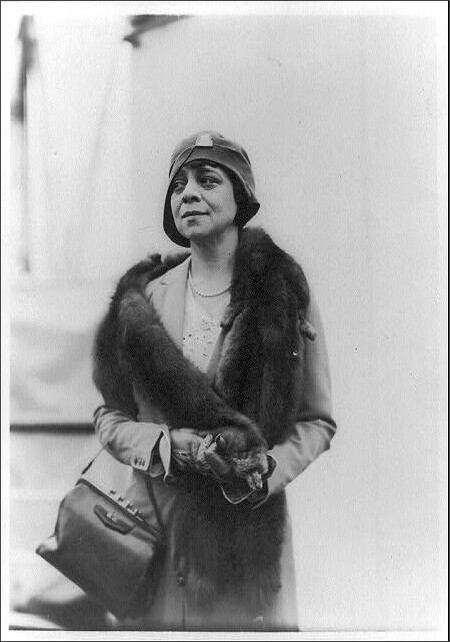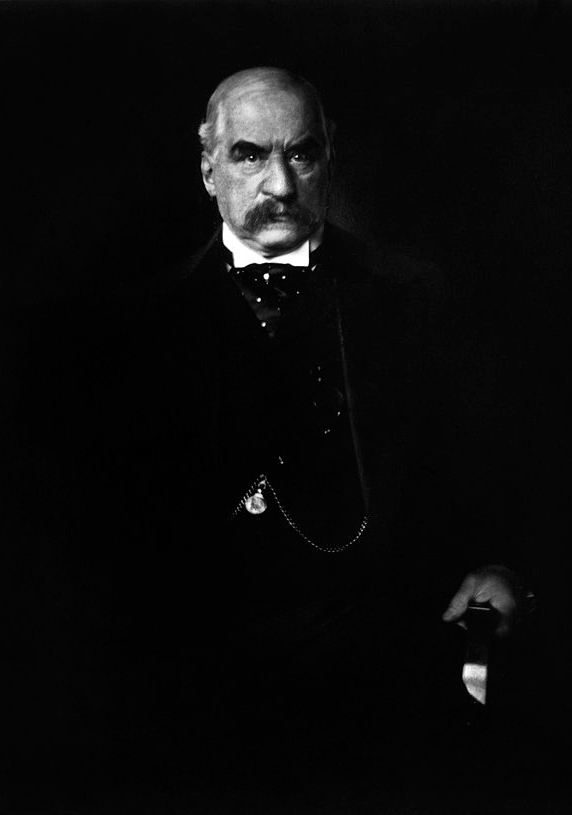Authors:
Historic Era: Era 7: The Emergence of Modern America (1890-1930)
Historic Theme:
Subject:
Summer 2022 | Volume 67, Issue 3


Authors:
Historic Era: Era 7: The Emergence of Modern America (1890-1930)
Historic Theme:
Subject:
Summer 2022 | Volume 67, Issue 3

On a brisk December day in 1905, a young librarian stepped into the Manhattan office of America’s most powerful man. The two sized each other up. To her, the huge, hulking tycoon seemed whipsmart and curious about everything. To him, the petite woman seemed poised and precise. Conversation soon revealed a common love of old treasures — rare books, manuscripts, tapestries. So J.P. Morgan hired the librarian, never suspecting.
Belle da Costa Greene soon toured the salons of Europe. She posed for Matisse. She had affairs with a Norwegian count and an Italian duke. She dined with opera stars, tycoons, and royalty, charming all with her wit and intelligence. Yet she lived “behind the curtain of my mind,” because although she told everyone she was Portuguese, Belle da Costa Greene was black.
The art of “passing” casts a shadow on American history. No one knows how many light-skinned African-Americans, burdened by bigotry, crossed the color line and lived as whites. Some see betrayal, others courage, but in Belle da Costa Greene (born Belle Marion Greener), we see a shooting star.
Her mother was a socialite among the noted black families of Washington, D.C. Her father was Harvard’s first black student, later a lawyer, professor, and diplomat. From her father, Belle learned to love history and its pearls. By the age of 12, she “wanted to work with rare books. I loved them even then, the sight of them, the wonderful feel of them, the romance and the thrill of them.”
But if her brilliant father suffered the scorn of Jim Crow, how could a black girl hope to rise? Belle found an answer when her parents separated. Changing their names, she and her mother entered Manhattan’s white society without a backward glance.
Belle soon became a librarian at Princeton, where another librarian — J.P. Morgan’s nephew — noticed her. His uncle needed someone to manage his opulent new library. Belle got the job — $75 a week and a boss who terrified everyone he met.
See also: “J.P. Morgan's Accomplice” by John Steele Gordon
By 1905, J.P. Morgan controlled half the nation’s railroads. He had masterminded mergers creating General Electric, U.S. Steel, and AT&T. But Morgan had studied art history, not finance. Nurturing a soft spot for “the finer things in life,” he soon had his librarian doing more than stenography.

Working together, Morgan and Greene created one of America’s great repositories for the artifacts of Western civilization. With nerve and knowledge